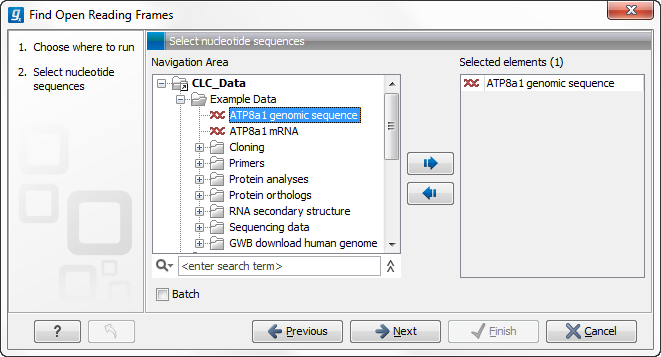

The schematic is drawn to scale by Easyfig 9 with minor modification.

The dotted line indicates the position of the class 1 integron. A single triangle appearing on the mobile element line means it is truncated. The black solid triangles at the end of lines indicate a repeat region of the elements.

Mobile elements are indicated by the lines below the sequence. (a) Map of the major features of the complete transposon. The genes of each segment are shown by arrows, indicating assigned functions and the direction of transcription: grey with black border indicates resistance genes and white with black border indicates genes responsible for transposition. Schematic representation of the features of the Tn 3 transposon of PA34. 6 This suggests that IS 6100 may be responsible for introduction of In 1427 into the transposon of PA34. 5 A characteristic orf5 of the integron was truncated by IS 6100, which has also been reported to disrupt an integron in Klebsiella oxytoca. This integron has a new array of gene cassettes and was named In 1427, a novel class I integron. However, their presence in isolates from the eye, which is a site of interaction of a heterogeneous microbial community, may indicate the potential source of transferable resistance traits. aeruginosa infections owing to its natural resistance, the presence of dfrA15 and cmlA1 gene cassettes may be of less concern. As trimethoprim and chloramphenicol are not a choice in treatment regimens for P. This indicates that acquisition of a chromosomal gene may have occurred in the integron as a gene cassette. Furthermore, the cmlA1 gene was similar to a chromosomal chloramphenicol efflux transporter (U12338.3). The dfrA15 of PA34 is identical to that of many enteric bacteria, 4 suggesting this may be their source of origin. Analysis of the nucleotide sequence flanking these two cassettes revealed important characteristics of gene cassettes which included attC sequences downstream of the dfrA15 and cmlA1 genes. 3 The integron has a locus containing two gene cassettes comprising genes for trimethoprim ( dfrA15) and chloramphenicol ( cmlA1) resistance. Itinerary BLASTn ® has revealed that the draft genome of PA34 carries a class 1 integron that is located within a Tn 3-like transposon. The nucleotide sequence of the transposon is available under the GenBank ® accession number MF487840. A total of 2 365 558 trimmed reads were assembled into 75 contigs >10 kb with an average coverage of 85×. CLC Genomics Workbench 10.0 (QIAGEN Bioinformatics, Aarhus, Denmark) was used to assemble the raw reads. WGS was performed using MiSeq (Illumina, San Diego, CA, USA) generating 300 bp paired-end reads and a Nextera XT DNA library preparation kit (Illumina) was used to prepare the library. aeruginosa strain (PA34) was isolated from a microbial keratitis patient in India (MIC in Table S1, available as Supplementary data at JAC Online). In the current study, we report an NPS-1-associated Tn 3-like complex transposon in a microbial keratitis isolate of P. 1 Furthermore, bla NPS-1 was encoded on a mobile element of a large conjugative plasmid (pB4) isolated from an activated sludge, 2 which shows that bla NPS-1 may rapidly transfer between different species from different sources. 1 The enzyme can hydrolyse carbenicillin, azlocillin, cefoperazone and cefsulodin, but cannot effectively hydrolyse more stable β-lactams (cefotaxime, ceftazidime, ceftriaxone, monobactam and imipenem). The gene encoding NPS-1 β-lactamase ( bla NPS-1) was first reported on a self-transmissible plasmid of clinical isolates of Pseudomonas aeruginosa.


 0 kommentar(er)
0 kommentar(er)
